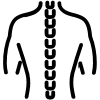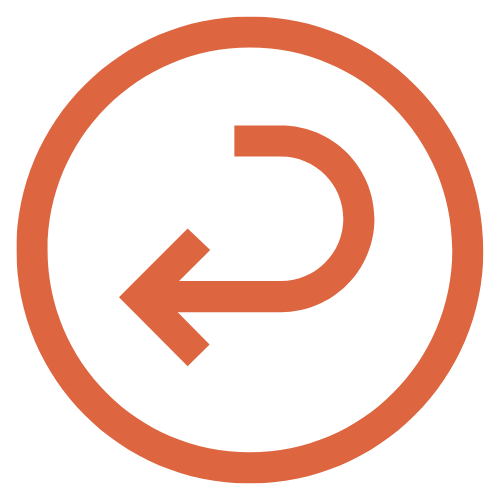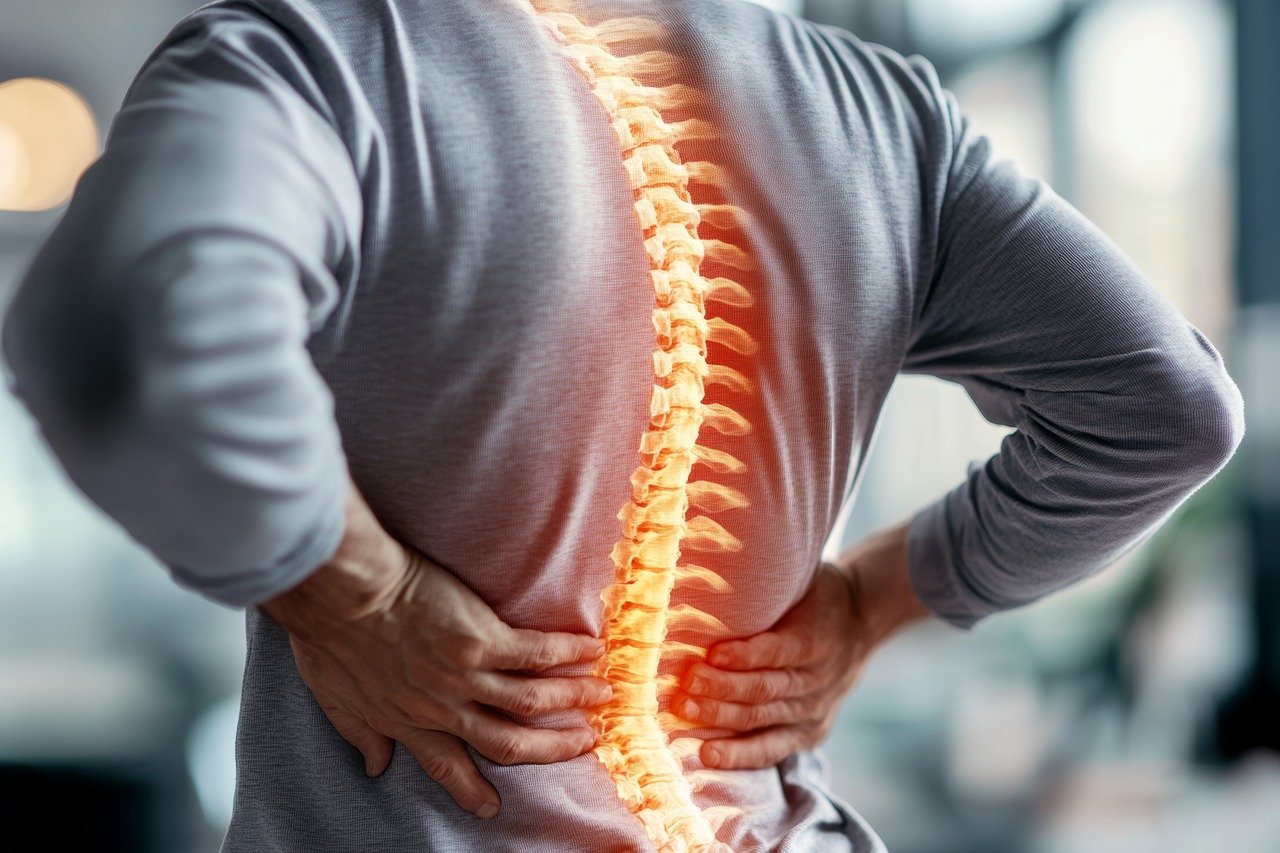Are you suffering from back pain? What if it's muscular back pain? Muscular back pain is a much more common problem than you think. However, when pain appears, it's not always easy to identify the cause. Is it muscle tension, a joint problem, or even a damaged intervertebral disc? In this article, we'll explore the specifics of muscular back pain: how to recognize it, what the common causes are, and, most importantly, how to effectively relieve it.
How do you know if back pain is muscular?
Identifying muscular back pain can seem complex, but certain symptoms will point you in the right direction. These pains
are often related to tension in muscle tissue rather than deeper structures like discs or joints. By paying attention to your body's signals, it becomes possible to better understand the source of your pain and implement appropriate solutions.
Localized pain in the muscles
Muscular back pain typically manifests as pain localized to a specific area of the back. Unlike other types of back pain, such as nerve pain, this pain doesn't radiate along your spine or into your limbs. If you experience discomfort concentrated in certain muscle areas—for example, in the lower back after physical exertion—it's likely muscular back pain. Pay attention to these signs to avoid making the situation worse.
Sharp or stabbing pain
Muscle back pain can vary in intensity. You may experience sharp pain after a false move or intense contraction during physical activity. Sometimes this pain becomes throbbing and constant, especially if it isn't treated promptly. These unpleasant sensations are often caused by inflammation or excessive tension in the muscles. Being aware of this type of pain is essential for proper management.
Sensitivity to touch
Another distinguishing sign of muscular back pain is tenderness. When you press on the affected area, you may feel discomfort or even increased pain. This tenderness is due to muscle engorgement or spasm, common phenomena in this type of pain. This characteristic often helps differentiate muscle pain from other spinal problems.
Absence of pain in joints or discs
Unlike joint or disc pain, muscular back pain generally does not affect deeper structures such as joints or intervertebral discs. If your usual movements, such as bending or straightening, do not cause a "locking" sensation, it is likely that your pain is primarily muscular in origin. This criterion is essential to better understand the nature of your back pain.
How to distinguish muscular back pain from another cause of back pain?
Differentiating muscular back pain from other causes can be challenging. However, there are some key nuances that can help you determine whether your pain is purely muscular or related to more complex issues.
Muscular back pain and intervertebral disc pain
Pain due to intervertebral discs, such as a herniated disc, often radiates into the legs or arms due to nerve compression. In contrast, muscular back pain remains localized and is rarely associated with numbness or tingling. If you notice that your pain remains confined to the muscles, there is a good chance that it is muscular.
Muscle back pain and nerve pain
Nerve pain, such as sciatica, is typically characterized by a burning or shooting sensation along the nerve's path. In contrast, muscular back pain is focused on the tissues and does not affect the nerve endings. Identifying this difference will lead you to more targeted and effective treatment.
Other possible causes of back pain
Back pain can have many causes, including fractures, infections, or chronic inflammatory conditions. In these cases, symptoms are often more complex and may include fever or swelling. Muscular back pain, on the other hand, is usually related to strains or injuries without serious complications.
If your back pain is not muscular, do not hesitate to consult our article: How do you know if back pain is serious?
Common causes of muscular back pain in the lower back
Certain daily habits or practices are key factors in back muscle pain. Evaluating your behaviors can help you prevent or relieve this type of pain.
Poor posture or repetitive movements
Poor posture, whether sitting or standing, puts strain on the lower back muscles and can lead to tension. Similarly, repetitive movements—for example, at work or during physical activity—fatigue muscles and cause pain. Maintaining good body alignment is essential to limit these risks and prevent back pain.
To learn more about how to adopt good posture, check out our article: How to adopt good posture on a daily basis?
Tensions due to stress or anxiety
Stress and anxiety, while psychological, can manifest physically as tight back muscles. These accumulated tensions often end up causing back pain. Incorporating relaxation and stress management techniques can make a big difference.
Excessive or inappropriate physical activity
Exercise is beneficial for your health, but overexertion or improper execution can cause muscle injuries. Sports that use your lower back muscles require special attention to avoid back pain. Rest and prevention are your best allies for protecting your muscles.
Lack of stretching or muscle strengthening
Insufficiently stretched or weakened muscles are more likely to contract painfully. Incorporating stretching and muscle strengthening routines into your daily routine helps prevent long-term back pain.
What to do in case of muscular back pain?
When you experience muscular back pain, it's essential to act quickly while taking a gentle and thoughtful approach. Here are some key steps to follow:
Rest and pain management
Start by giving your back some rest, but avoid staying completely still for long periods. Use a heating pad or ice pack to help relieve pain and reduce inflammation. If necessary, over-the-counter pain relievers can also provide some relief.
Stretches and exercises to relieve muscular back pain

Once the acute pain has subsided, incorporate gentle stretches and targeted exercises that strengthen and loosen your back muscles, such as pelvic flexions or hamstring stretches. These movements help relax the muscles and improve blood circulation in the affected area. If the problem persists, consider consulting a professional, such as a physical therapist, for specific exercises.
If you're looking for stretching routines to include in your office routine, check out our article: The 12 Best Office Stretches to Relieve Stress and Tension .
Prevent future muscle pain
To prevent recurrence, practice good posture, especially if you spend a lot of time sitting. Consider taking regular breaks to move and stretch your body throughout the day. Incorporating activities like yoga or Pilates can also strengthen your back and improve flexibility, reducing the risk of future pain.
In conclusion, determining whether back pain is muscular in origin relies on careful observation of the symptoms and the circumstances surrounding the pain's onset. Localized pain, felt as tension or stiffness, is often muscular, especially if it follows physical exertion or poor posture. However, it is essential to listen to your body and consult a healthcare professional if the pain persists, worsens, or is accompanied by other unusual symptoms. Taking care of your back involves a combination of prevention, listening, and, if necessary, appropriate intervention.












